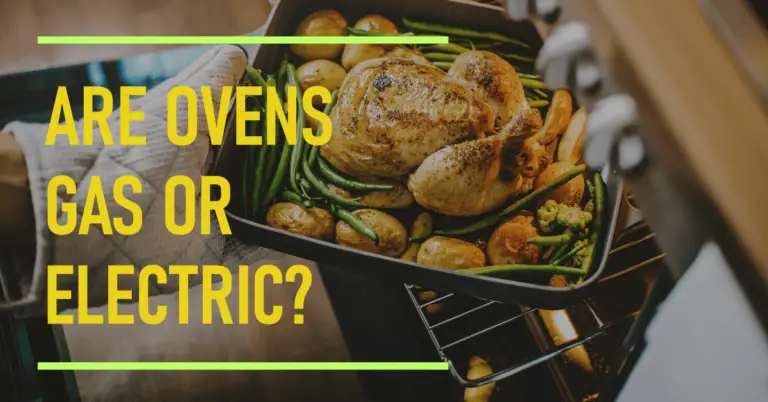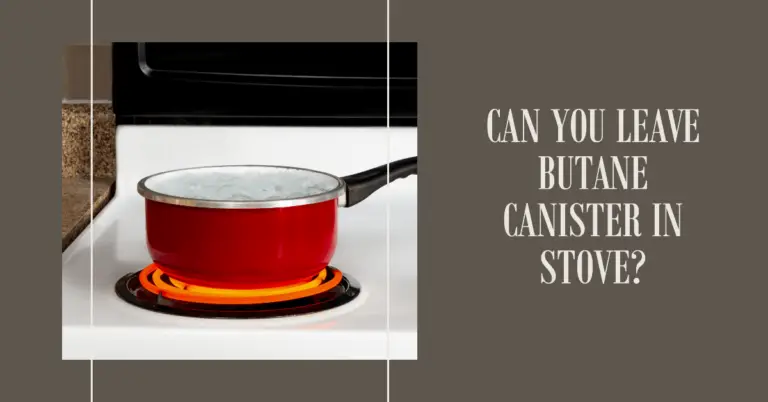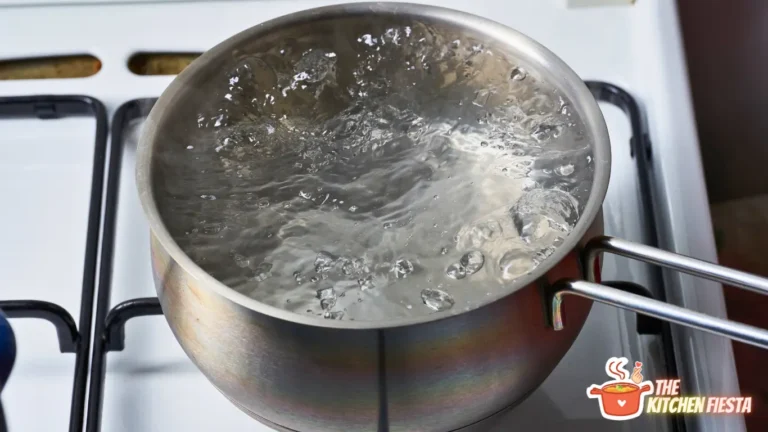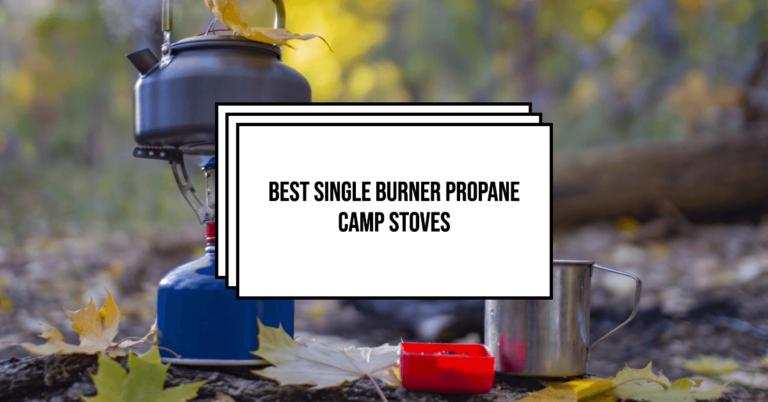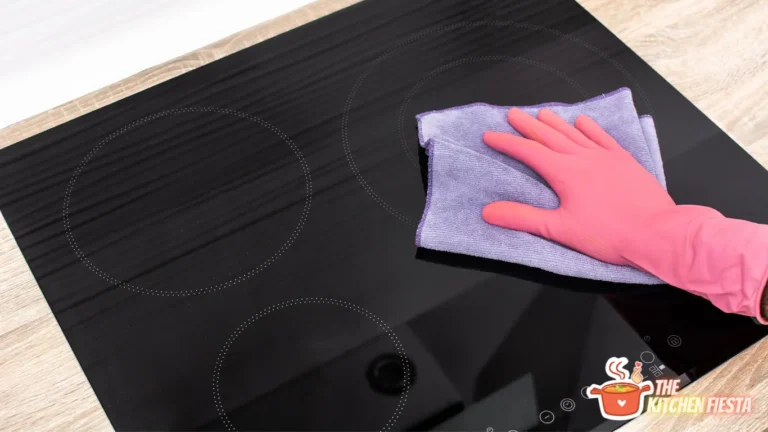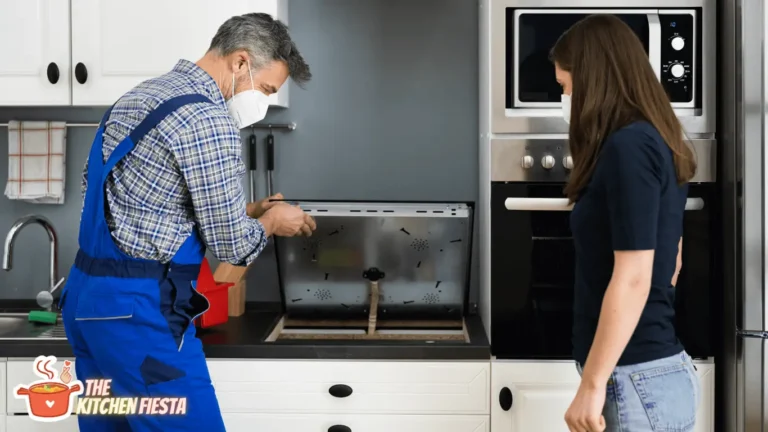How to Troubleshoot Glass Top Stove Burners and Switches: A Clear Guide
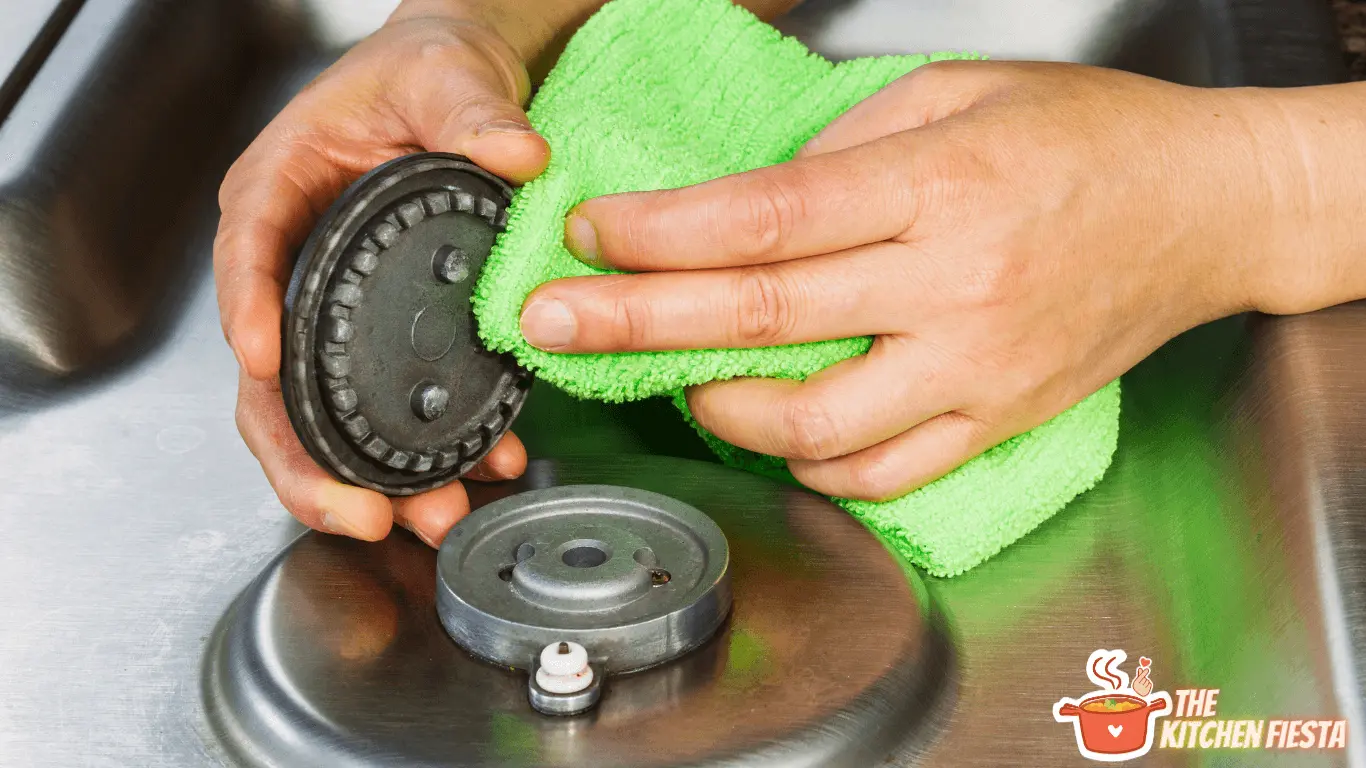
Glass top stoves have become increasingly popular in recent years due to their sleek design and ease of use. However, like any other appliance, they are prone to malfunctions. One of the most common issues with glass top stoves is a burner or switch that needs to be fixed. If you are experiencing this problem, it can be frustrating and inconvenient, but don’t worry, there are some simple steps you can take to troubleshoot the issue.
Before diving into the troubleshooting process, it’s important to note that working with electricity can be dangerous, and it’s always best to err on the side of caution. Unplug your stove or turn off the circuit breaker before attempting any repairs. Additionally, it’s always a good idea to consult the manufacturer’s manual for specific instructions on troubleshooting and repairing your particular stove model. With these precautions in mind, let’s look at some common causes and fixes for glass-top stove burner and switch malfunctions.
Understanding Glass Top Stove Burners and Switches
Glass top stoves, or smooth top stoves, have become increasingly popular in recent years. They are sleek, modern, and easy to clean. However, like any other appliance, glass top stoves can experience problems that require troubleshooting.
1. Burners
Glass top stove burners are made of a heating element located beneath the glass surface. The element is powered by electricity and heats up when the stove is turned on. The heat then transfers to the pot or pan on the burner.
There are different types of burners that you may find on a glass-top stove. The most common are radiant and halogen burners. Radiant burners use a heating coil, while halogen burners use a halogen lamp to produce heat. Both burners work similarly, but halogen burners tend to heat up faster.
2. Switches
The switches on a glass-top stove control the power to the burners. They are located on the control panel and are typically labeled with numbers or markings corresponding to the different burners. When you turn a switch on, it sends power to the corresponding burner and turns it on.
Glass top stove switches are either infinite or dual. Infinite switches are used for radiant burners and allow for various heat settings. Dual switches are used for halogen burners and have high and low settings.
3. Troubleshooting
When troubleshooting a glass-top stove, it is important to understand how the burners and switches work. If a burner is not working, it could be due to a problem with the heating element, the switch, or the power supply. Similarly, if a switch is not working, it could be due to a problem with the switch itself or the wiring.
To troubleshoot a glass-top stove, check the power supply and ensure the stove is properly plugged in. Then, check the switch and ensure it is turned on and sends power to the burner. If the switch and power supply are working properly, the problem may be with the heating element. In this case, replacing the burner or having it professionally repaired may be necessary.
Identifying Common Problems
When a glass top stove burner or switch is not working properly, it can be frustrating and inconvenient. Here are some common problems to look out for when troubleshooting your glass-top stove:
1. Burners Not Heating
One of the most common issues with glass-top stove burners is that they stop heating properly. This can be caused by a variety of factors, including:
- Incorrect cookware: Glass top stoves require flat-bottomed pots and pans made of stainless steel, aluminum, or copper. If the cookware is warped or has a rough bottom, it can cause the burner to heat unevenly.
- Burner element issues: If the burner element is damaged or worn out, it may not heat properly. Look for signs of damage, like cracks or breaks in the coil.
- Electrical problems: If the burner is not getting power, it will not heat up. Check the circuit breaker and make sure it is not tripped. If it is, reset it and try the burner again.
2. Switches Not Working
Another common issue with glass top stoves is that the switches that control the burners may stop working. This can be caused by:
- Loose connections: If the switch is not properly connected to the wiring, it may not work properly. Check the connections and tighten any loose wires.
- Burned-out switch: If the switch has burned out, it must be replaced. Look for signs of damage like scorch marks or a melted plastic casing.
- Electrical problems: Like with the burners, if the switch is not getting power, it will not work. Check the circuit breaker and make sure it is not tripped.
Troubleshooting Techniques
When a glass top stove burner or switch stops working, there are a few troubleshooting techniques that can help identify the problem.
1. Checking Electrical Connections
Electrical connections are among the first things to check when troubleshooting a glass-top stove burner or switch. Loose or faulty connections can cause problems with the stove’s functionality. To check the electrical connections, follow these steps:
- Turn off the power to the stove by unplugging it or turning off the circuit breaker.
- Remove the burner and inspect the electrical contacts for signs of damage or corrosion.
- Clean the contacts with a soft cloth or brush to remove dirt or debris.
- Reconnect the burner and turn on the power to the stove to test if the burner is working.
If the burner still does not work, it may be necessary to replace the burner coil.
2. Inspecting Burner Coils
Another common issue with glass-top stove burners is a faulty or damaged burner coil. Burner coils can become damaged or worn over time, leading to issues with the stove’s heating capabilities. To inspect the burner coil, follow these steps:
- Turn off the power to the stove by unplugging it or turning off the circuit breaker.
- Remove the burner and inspect the coil for signs of damage or wear.
- Look for any visible cracks, breaks, or other signs of damage.
- If the coil is damaged, it must be replaced.
3. Testing Switches
If the electrical connections and burner coils are functioning properly, the issue may be with the stove’s switches. Switches can become worn or damaged over time, leading to issues with the stove’s functionality. To test the switches, follow these steps:
- Turn off the power to the stove by unplugging it or turning off the circuit breaker.
- Remove the burner and disconnect the wires from the switch.
- Use a multimeter to test the switch for continuity.
- If the switch does not have continuity, it must be replaced.
By following these troubleshooting techniques, it is possible to identify and resolve issues with glass-top stove burners and switches. If the issue persists, consulting a professional for further assistance may be necessary.
Safety Precautions While Troubleshooting
When troubleshooting glass-top stove burners and switches, it’s important to take safety precautions to prevent accidents and injuries. Here are some safety tips to keep in mind:
- Turn off the power supply: Before starting any troubleshooting, make sure to turn off the power supply to the stove. This can be done by unplugging the stove or turning off the circuit breaker that powers it.
- Wear protective gear: When working with electrical equipment, it’s important to wear protective gear, such as gloves and safety glasses, to prevent injuries.
- Let the stove cool down: Before troubleshooting, make sure the stove has cooled down completely. Touching hot surfaces can cause burns and injuries.
- Use the right tools: Use the right tools for the job. Using the wrong tools can cause damage to the stove and increase the risk of injury.
- Follow instructions: When troubleshooting, follow the manufacturer’s instructions carefully. This will help ensure that the job is done correctly and safely.
- Don’t force anything: If something isn’t working, don’t force it. Forcing switches or burners can cause damage to the stove and increase the risk of injury.
Following these safety precautions can help prevent accidents and injuries while troubleshooting glass-top stove burners and switches.
When to Call a Professional
While troubleshooting a glass top stove burner and switch can be a simple process, there are some cases where it is best to call in a professional. Here are a few situations where it may be best to leave the troubleshooting to the experts:
- Visible damage to the stove: If the glass top stove has visible damage, such as a crack or chip, it is best to call a professional. Attempting to troubleshoot a damaged stove can be dangerous and may result in injury or further damage to the stove.
- Electrical issues: If the issue with the glass top stove is related to electrical wiring or components, it is best to call a professional. Working with electricity can be dangerous, and attempting to troubleshoot electrical issues without the proper knowledge and training can result in injury or damage to the stove.
- Gas leaks: If the glass top stove is a gas stove and there is a suspected gas leak, it is important to call a professional immediately. Gas leaks can be extremely dangerous and require the expertise of a professional to diagnose and repair safely.
- Repeated issues: If the same issue with the glass top stove burner or switch keeps occurring, it may be a sign of a larger problem. In this case, it is best to call a professional to diagnose and repair the issue to prevent further damage to the stove.
Conclusion
All in all, troubleshooting glass-top stove burners and switches is a manageable task with the right approach. By checking the power supply, cable condition, and ensuring proper cleanliness, many common issues can be resolved easily. However, if problems persist, seeking professional assistance or considering replacement might be necessary.
Safety precautions, such as turning off the power supply and using protective gear, must always be followed. Taking the time to troubleshoot the stove can save time and money, empowering users to resolve minor issues independently. With these simple steps, maintaining the functionality of glass-top stove burners and switches becomes an accessible and practical endeavor for homeowners.
Frequently Asked Questions
What should I do if my glass-top stove burner gets too hot?
If your glass top stove burner is getting too hot, it could be a sign of a malfunctioning switch or thermostat. To troubleshoot the issue, turn off the burner and let it cool down completely. Then, try turning it back on and monitoring the temperature to see if it gets too hot again. If the issue persists, you may need to replace the switch or thermostat.
Why is one burner not working on my glass-top stove?
If only one burner on your glass-top stove is not working, it could be due to a faulty switch or a problem with the burner itself. To troubleshoot the issue, try swapping the burner with another one on the stove to see if the issue follows the burner or stays in the same spot. If the issue follows the burner, it may need to be replaced. If the issue stays in the same spot, it could be a problem with the switch.
How can I fix a glass top stove burner that only works on high?
If a burner on your glass-top stove only works on high, it could be due to a faulty switch or a problem with the burner itself. To troubleshoot the issue, try swapping the burner with another one on the stove to see if the issue follows the burner or stays in the same spot. If the issue follows the burner, it may need to be replaced. If the issue stays in the same spot, it could be a problem with the switch.
How do I replace a burner on a glass-top stove?
To replace a glass top stove burner, first, ensure the stove is turned off and cool to the touch. Then, remove the burner by lifting it up and pulling it out of its socket. Please insert the new burner into the socket and ensure it is properly connected. Finally, test the new burner to make sure it is working properly.
What are the common reasons a glass-top stove burner goes on and off?
A glass-top stove burner may go on and off due to a faulty switch, a problem with the thermostat, or a malfunctioning heating element. It could also be due to a loose or damaged connection between the burner and the stove. To troubleshoot the issue, try cleaning the connection points and swapping the burner with another one on the stove to see if the issue follows the burner or stays in the same spot.

